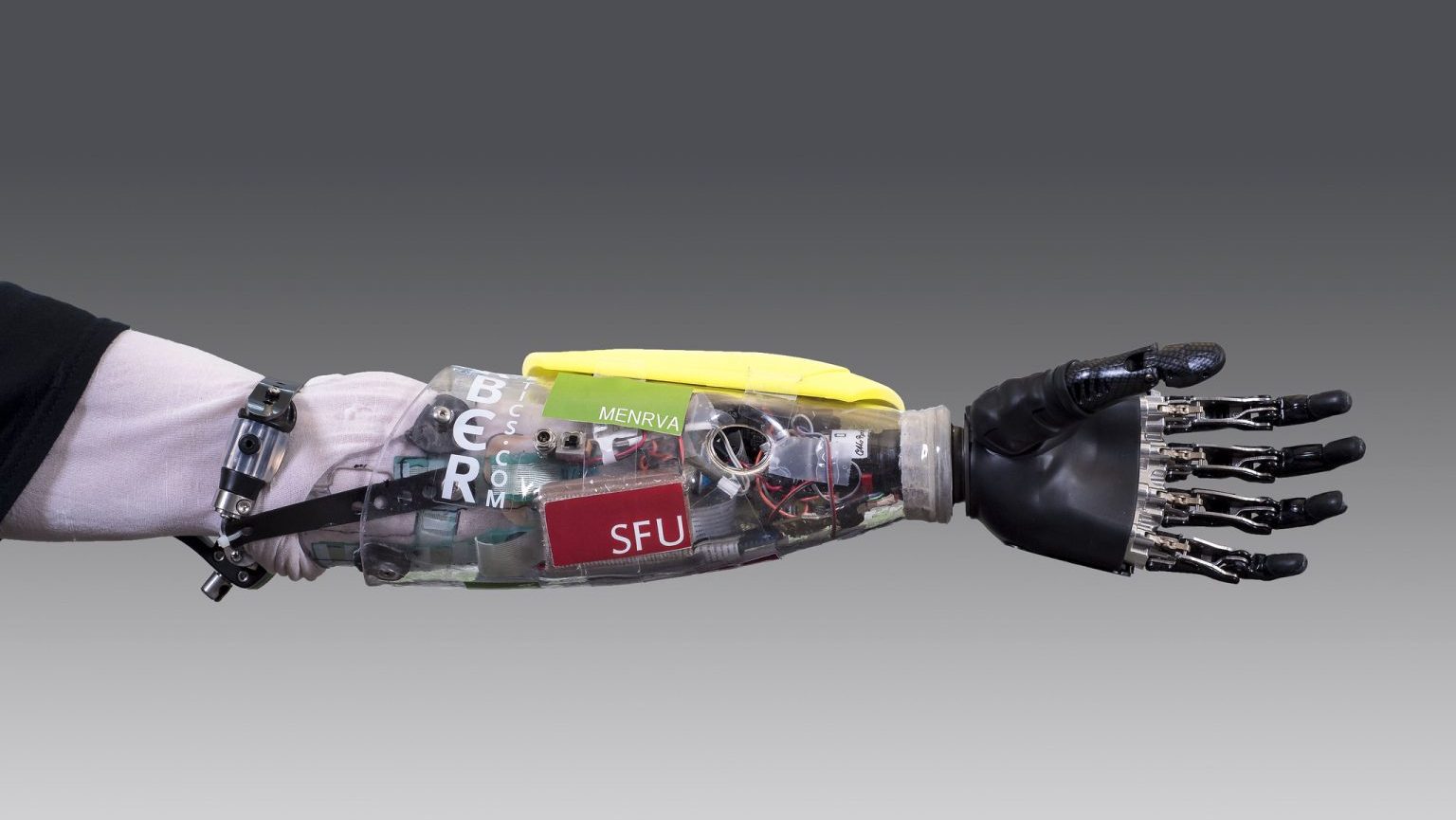School and District Technology Plans
The pressure of being the first guest blogger!
As Scott mentioned my name is David Quinn and I am an Assistant Professor of Educational Administration and Policy at the University of Florida .I am in my second year at UF having previously taught at the University of Arizona for six years.I am excited about the opportunities that are emerging at UF especially being able to focus my teaching, research and service around issues of technology leadership in schools.I teach three classes at UF: Leading Change, Data-Driven Decision Making and Technology Leadership in Schools and I am excited at the convergence of literature and research in these areas that are readily applied to administrative practice.I just read through this bio and it is sounding pretty academic, so on to my musings.
While teaching the tech leadership class this past summer, my graduate assistant, Matt Ohlson, and I were talking about how relevant or irrelevant school and district technology plans can be.As we looked for school and district tech plans that could serve as exemplars for our students, we were amazed at the spectrum of plans.Some might contend that a plan is just a piece of paper (or more often than not an Adobe Acrobat file) that schools and districts complete because of a mandate like receiving e-rate funding.I would argue however, that an inclusive process of planning for technology can be a powerful stimulus for changing schools from something Frederick Taylor would appreciate into an organization that acknowledges that technology, especially the Internet, has radically changed our world over the last 10-15 years.I am in schools on a regular basis and cringe whenever I see the same rote instruction led by lecture, while 5 networked computers collect dust in the back of the room (that’s a whole other blog entry).
Getting back to the discussion of technology planning, one of the often-referenced district plans is from Bellingham Public Schools. This is an excellent “living” document that really drives the utilization and integration of technology in Bellingham Washington.Searching the Internet for model plans tweaked my interest in what was happening at the district level in Florida.Being new to the state, I with major assistance from Matt began collecting and analyzing as many of the 67 district technology plans as we could get our hands on.Out of the 52 plans that we compiled, there are some powerful documents including those from Pinellas, Sumter and Palm Beach Counties.Many of the plans fall far short of providing a guiding vision for tech utilization.A majority of these plans follow Florida’s minimum guidelines for district technology plans without deviation.I don’t blame these districts, they were told “if you want e-rate funding, you will submit a plan that addresses these criteria.”Those districts that went above and beyond typically have large technology departments and experienced leadership, whereas many of the weaker plans are from small rural districts where the director of technology may also have numerous other obligations.Colleges of education should also accept some of the responsibility because most are not preparing administrators how to be technology leaders.
This investigation has been enlightening and we have begun to collect school-level technology plans for review.While district tech plans provide a roadmap for many schools, a school-level technology plan is essential for guiding technology implementation acknowledging the unique context of each school.The most rewarding part of teaching the tech leadership class was seeing a good number of my students become excited about the opportunities that technology provide for schools.Several students are using their new knowledge and enthusiasm to start leading change in their own schools.
This “stuff” as Scott so eloquently puts it, is always on my mind, and I am excited about the future of technology in schools.





